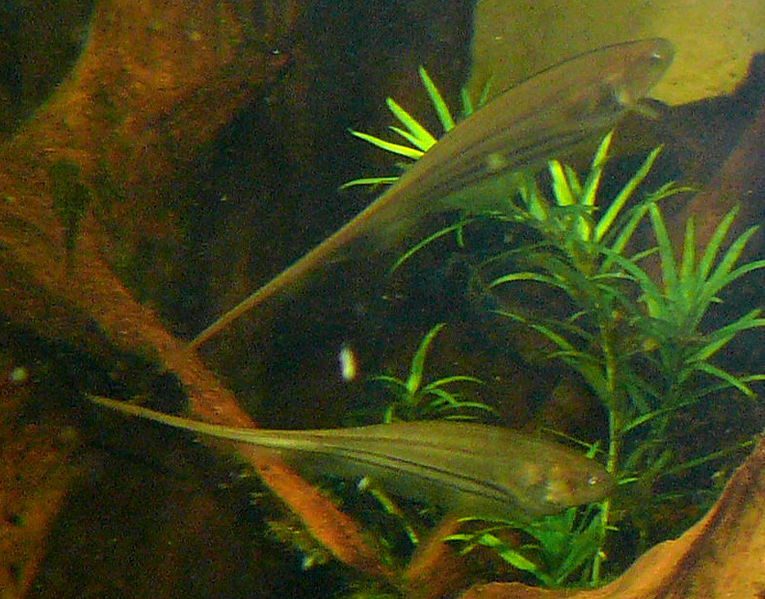
From Thomas Dubay, The Evidential Power of Beauty: Science and Theology Meet (San Francisco: Ignatius Press, 1999), 32-33.
1.
The South American “glass knifefish” has been called “basically a computer with fins.”
Why?
It uses a kind of biological technology, something like radar, to navigate the rivers and streams in which it lives. Gary Rose and Walter Heiligenberg, who have studied the glass knifefish, explain that “signals bouncing off an object are received by specialized cells all over the fish’s body. Its brain then computes the object’s location much as our brains locate a noise by clocking the arrival of sound waves at our ears. But while our brain can distinguish two sound waves reaching our left and right ears only 15 millionths of a second apart,” the glass knifefish can detect electrical impulses just 400 billionths of a second apart. So, how do these fish do it? “Parallel processing, the soul of the supercomputer.”
2.
“Everything about a bird is elegant almost beyond belief: the pneumatic skeleton, extremely light with its air-filled hollows and yet extraordinarily strong; air sacs throughout the body, which provide air circulation that cools the bird like a radiator; the enormous expenditure of energy needed to sustain the hyperactivity of flight, which in turn demands not only the highly efficient cooling system but also an immense consumption of food for fuel; the intricate design of feathers and wings of diverse types for differing functions; the marvelous motions of wings so ingenious that engineers study them to learn how to solve problems in designing aircraft that can ascend, descend, take off, and land, moving from left to right and right to left. While jet planes need runways of two or more miles in order to take off and land, this flying phenomenon can land successfully on a twig one-quarter of an inch in diameter. On a single twig many birds can jump and turn 180 degrees in a split second, an amazing accomplishment.”
3.
“The green sea turtle makes the 1,300-mile swimming trip from Brazil to a stretch of beach on Ascension Island where it was born, lays its eggs, and then after a few hours begins the return journey back to South America. In two months the newly hatched young themselves begin their own long trip to Brazil — and then return sometime between eight and thirty-five years later to their birthplaces. Not only are these feats of endurance to be admired, but the navigational skills in a featureless ocean are nothing less than awesome. Zoologist Archie Carr of the University of Florida remarks that ‘esthetically, it is irresistible.'”
It seems impossible not to be impressed, even astonished, by such things.










